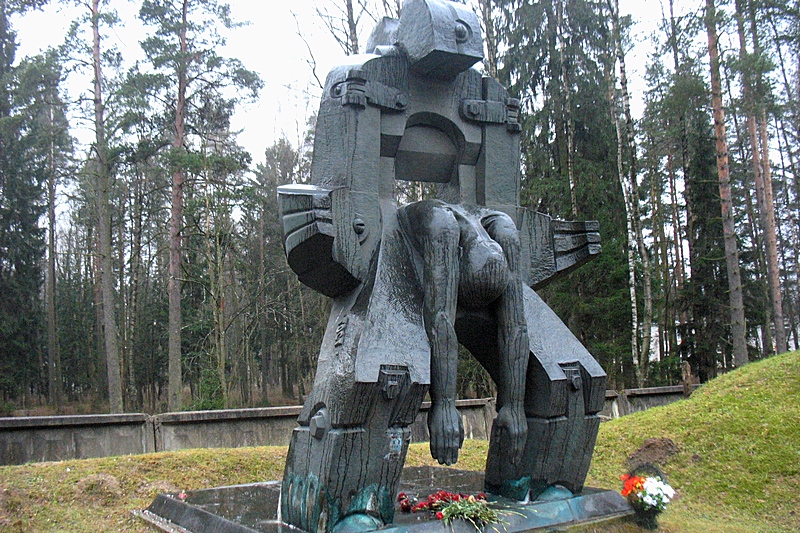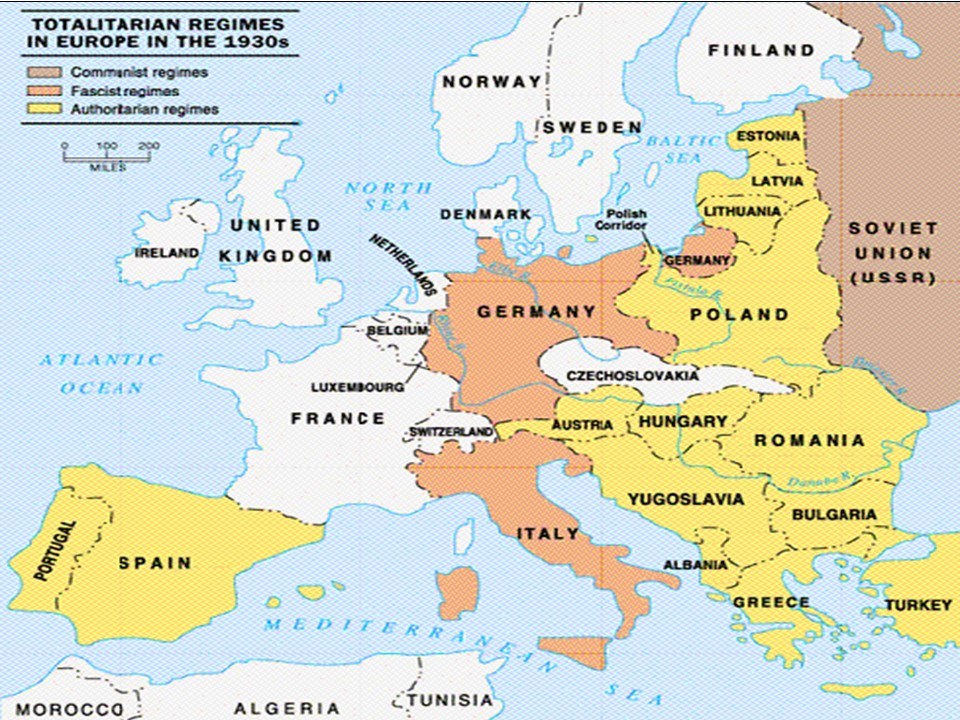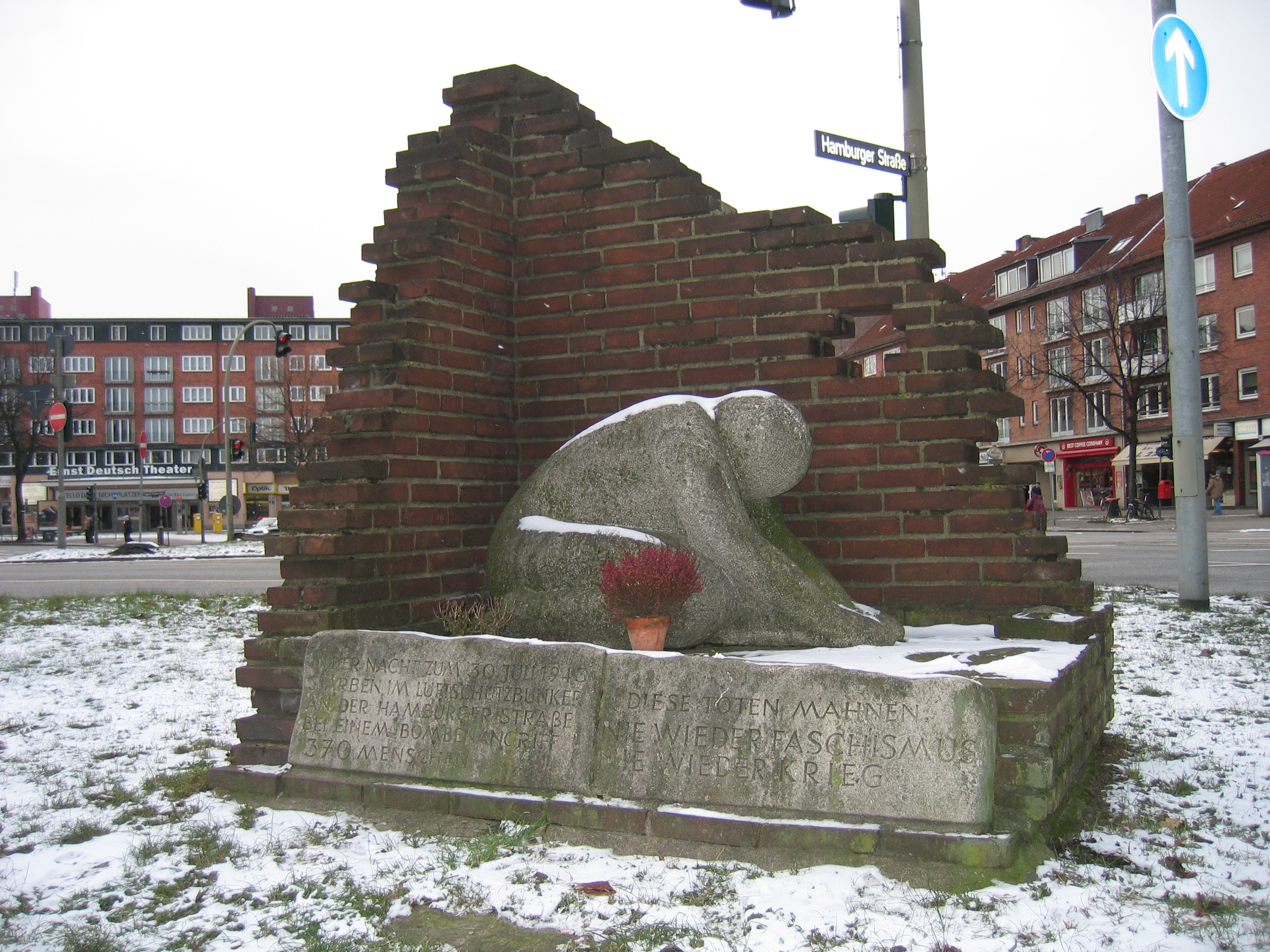
Topics on the page
Rise of Totalitarianism
Totalitarian vs Authoritarian
- Tools of Totalitarian Leaders
- Disney World War II Propaganda Films
What is Fascism?
Policies and Ideas of Totalitarian Leaders
Uses of Propaganda to Sway Public Opinion
![]() Influential Literature Page: 1984 and Animal Farm by George Orwell
Influential Literature Page: 1984 and Animal Farm by George Orwell
Women and LGBT People in Totalitarian Regimes
![]() The Handmaid's Tale by Margaret Atwood
The Handmaid's Tale by Margaret Atwood
Fighting Fascism at Home and Abroad
- The African American Experience returning from the war
- The Double Victory Campaign
![]() Franklin Roosevelt Fireside Chat 29: On the Fall of Rome, June 5, 1944
Franklin Roosevelt Fireside Chat 29: On the Fall of Rome, June 5, 1944
|
PAGE SUMMARY This page defines totalitarianism as a form of government in which a single leader controls all aspects of social, economic, and political life.
It is commonly associated with Mussolini in Italy, Hitler in Germany, and Lenin and Stalin in Russia. Although democracy dominated after World War I, eventually many democratic countries in Europe were taken over by a dictator. This included Italy, Germany, and Russia.
Totalitarian dictators use many tools to stay in power. This includes the use of propaganda, police terror and fear, religious and ethnic persecution, promises of progress and improvements, ideology indoctrination, and cult of personality.
Totalitarianism is different than authoritarianism. Totalitarianism involves the desire to control thought, while authoritarianism involves the desire to control behavior. Salazar’s Portugal, Shah’s Iran, and Pinochet’s Chile are examples of authoritarian governments. (Jenna Boyer, April 2022) |
Focus Question: What is totalitarianism and how did it rise in Europe?
 |
| Moloch of Totalitarianism Memorial, St. Petersburg, Russia |
Rise of Totalitarianism
 Totalitarianism Time Line
Totalitarianism Time Line
1) Totalitarianism is a form of government where the state in the form of a single leader controls all aspects of social, economic and political life.
- It is a 20th century development, typically associated with the rise of a series of dictators including Mussolini, Hitler, Lenin, and Stalin.
- Benito Mussolini http://www.bbc.co.uk/history/historic_figures/mussolini_benito.shtml
Totalitarian government theoretically permits no individual freedom and seeks to subordinate all aspects of the individual's life to the authority of the government.
- As Mussolini said: "Everything within the state, nothing outside the state, nothing against the state." (quoted from Iron Curtain: The Crushing of Eastern Europe, 1944-1956. Anne Applebaum (2012, p. xxi).
- As Applebaum further noted, "a totalitarian regime is one that bans all institutions apart from those it has officially approved. A totalitarian regime thus has one political party, one educational system, one artistic creed, one centrally planned economy, one unified media, and one moral code" (2012, p. xxi).
2) In the years immediately following the WWI (1914-1918), a promising new era of democracy seemed to be unfolding.
- The autocratic regimes in Russia, Germany, and Austria were all overthrown and replaced by republics.
- These newly-created states in Europe all adopted a republican form of government, similar to that of the current U.S. government.
- Democracy seemed to win out in the post-war world. Within two decades, however, many democratic countries in Europe were taken over by some kind of dictatorship.
- Russia became a Communist state while Italy and Germany became Fascist states.
3) Between the two World Wars, Britain and France could be regarded as democratic-like states.
- f two states, the individuals had freedom of speech and of the press, of petition and of assembly, and freedom from arrest for political opinions.
- They could form political parties and elect the party or the parties they liked to rule. In short, the individual was an end in himself.
- The government helped to provide for the fullest development and security of all individuals.

Russia (1917-1939), Italy (1922-1939), and Germany (1933-1939) might be regarded as totalitarian states.
- Within these states, individuals had no right of free speech, free publications, or free associations.
- Individual citizens had no right to form political parties; there was only one governmental party which imposed its dictatorial rule on the people.
- This one-party regime was concerned with the 'total' activities of its people, including the peoples' work, leisure, religion, and even their private lives.[1]
Link to handout which provides overview of Totalitarianism and some Totalitarian leaders
![]() Hitler's Mein Kampf is an autobiographical manifesto of the Nazi Party. Here is a PDF of the resource. Here is an explanation of its significance.
Hitler's Mein Kampf is an autobiographical manifesto of the Nazi Party. Here is a PDF of the resource. Here is an explanation of its significance.
Click here to view a collection of primary sources about Italian and German fascism.
![]() Click here for an app called European Fascist Movements developed by the University of Liverpool. It features an interactive map with descriptions of 76 different fascist movements throughout Europe from 1919-1941.
Click here for an app called European Fascist Movements developed by the University of Liverpool. It features an interactive map with descriptions of 76 different fascist movements throughout Europe from 1919-1941.
Totalitarian vs. Authoritarian
Authoritarian: Desire to control behavior
For an overview of the Portuguese Authoritarian system under the Estado Novo click here.
To see how Portugal's dictatorship used propaganda watch this video.
To watch a speech by Antonio Salazar, the dictator of Portugal from 1932-1968, click here.
Totalitarian: Desire to control thought
Powerpoint on rise of Totalitarianism https://www.slideshare.net/cems7ss/the-rise-of-totalitarianism
During the Cold War, the United States distinguished between undemocratic regimes:
- Authoritarian and U.S. supported: Pincohet's Chile; Shah's Iran)
- Totalitarian and U.S. opposed: China, USSR
Source: Russia's Gay Demons, Robert Cottrell. The New York Review of Books (December 7, 2017)
What is Fascism?
Definition:
- Fascism is an ideology and type of totalitarian government that also incorporates elements of authoritarianism, extreme nationalism, and militarism + expansionism.
- Fascist regimes also relied on racism and myths of genetic superiority to maintain support for their militaristic agendas.
- Click here for an article summarizing totalitarianism, authoritarianism, and fascism.
Examples:
- Mussolini's Italy and Hitler's Germany are primary examples of fascist states.
- Their expansionism made them more confrontational and aggressive than other totalitarian regimes.

"Map of Hitler's vision for "Greater Germany."
Map of Mussolini's vision for "Greater Italy."
Memorial for WWII bomb victims, Hamburg, Germany.Image by San Andreas
Image includes the words "The dead command us: never again totalitarianism, never again war."

![]()
Tools of Totalitarian Leaders
Tools totalitarian leaders used to gain and maintain power:
- Propaganda: One sided biased information intended to persuade the people.
- Police Terror and Fear: Dictators create a police force that helps to keep them in power.
- When people are afraid of the police, they cannot act out against the government.
- Religious and Ethnic Persecution: Blaming and discriminating against a minority group for their religious beliefs and ethnicity.
- Totalitarian rulers tend to blame minority groups for the country's problems to take away the attention from their mistakes and actions.
- Progress and improvements: Sometimes dictators are able to improve peoples' daily lives, which makes people loyal to the dictator.
- Ideology Indoctrination: Dictators put in place a new type of government or new ideas and then persuade people to believe in the new way of thinking by controlling the media and what is taught in schools.
- Censorship: Controlling what people can say and what people can hear.
- Cult of Personality: Dictators often have charismatic personalities. They are good at giving speeches and getting people to believe in them and follow them.
Uses of Propaganda to sway the Public Opinion
Image to the right is a 1939 Soviet propaganda poster depicting the Red Army killing an oppressive Polish eagle
For background, see Propaganda 101: What You Need to Know and Why See also, Propaganda: What's the Message? from iCivics.
See Nazi Propaganda from the United States Holocaust Museum.
The Rise of Totalitarianism in Europe from the Core Knowledge Foundation.![]() Winning Over Hearts and Minds: Analyzing WWII Propaganda Posters.
Winning Over Hearts and Minds: Analyzing WWII Propaganda Posters.
Use of Propaganda During World War II from NebraskaStudies.org
A video summarizing George Orwell's 1984 and its relation to Totalitarianism https://www.youtube.com/watch?v=h9JIKngJnCU
Disney World War II Propaganda Films
![]() The United States created anti-fascist propaganda with Disney during World War II.
The United States created anti-fascist propaganda with Disney during World War II.
- Here is a YouTube playlist of clips created by Disney to appeal to children and educate the public on the evils of Fascist power. They are examples of how powerful propaganda can be used to communicate information to people.
.png) The Rise Of Totalitarian Technology, a Forbes article discussing present-day totalitarianism and technology's role in its rise.
The Rise Of Totalitarian Technology, a Forbes article discussing present-day totalitarianism and technology's role in its rise.
.png) Women and LGBT People in Totalitarian Regimes
Women and LGBT People in Totalitarian Regimes
|
|
| Women's auxiliaries of Hitler's Wehrmacht army in Paris in 1940 |

- Source on women and women's rights under Stalin
- JSTOR article about women in Italy during Mussolini's reign
- About political philosopher Hannah Arendt, who wrote The Origins of Totalitarianism http://hac.bard.edu/about/hannaharendt/
The Handmaid's Tale
- Margaret Atwood on her book, and the TV show, The Handmaid's Tale, and how it relates to Totalitarianism
- Another article on the Handmaid's Tale and Totalitarianism https://www.bbc.co.uk/bbcthree/article/c7bbe6fc-f452-4015-acdb-719ff8e5d389
2022-2023 Protests for Women's Rights in Iran
The country of Iran is under an authoritarian regime governed under extremist principles of Shia Islam. This regime has imposed strict limitations on women’s rights, which has sparked large protests in the country and around the world. As a current day example of authoritarianism, these links are included on this page to help students understand what is going on in the world around them, solidify their understanding of these topics, and conceptualize them in their world. Follow these links for videos and articles on the state of Iran and the protests ignited following the murder of 22-year-old Mahsa Amini was killed at the hands of Iran’s so-called morality police in September 2022. Women have been cutting their hair, a sign of beauty that should be hidden as decreed by the Islamic republic, as a symbol of protest.
Additional Sources:
WATCH: Women and girls are still protesting in Iran. Here’s why- PBS NewsHour
Full article: https://www.pbs.org/newshour/world/watch-women-and-girls-are-still-protesting-in-iran-heres-why
Protests in Iran: A turning point?- CBC News
Grief, protest and power: Why Iranian women are cutting their hair- CNN
Image Source: “Why Iranian women are cutting their hair and burning their headscarves in protest”- Today Show
Totalitarianism in Latin America
When a Dictator becomes Part of Your Family Luis, resident of the Dominican Republic, tells his family's story of living under totalitarian rule.
![]() An article about an island off the coast of Italy with an often forgotten LGBT history https://www.bbc.com/news/magazine-22856586
An article about an island off the coast of Italy with an often forgotten LGBT history https://www.bbc.com/news/magazine-22856586
Totalitarianism in Africa
The small African nation of Eritrea is a holdout of totalitarianism. Eritrea's government uses forced labor, does not follow a constitution, and has no legal or even symbolic opposition.
- Click here to read more.

Fight Fascism at Home and Abroad
The Double Victory Campaign
Hubert Harrison, pictured here in 1913

The Double V for Victory campaign was a slogan to defeat fascism both at home and abroad.
- It was championed by Black activists such as Hubert Harrison, the great orator of the Harlem Renaissance who was one of the first to intellectualize the Double V campaign.
Works Cited:
[1] Grobman, G (1990). Nazi Fascism and the Modern Totalitarian State. Retrieved March 7, 2007, Web site: http://www.remember.org/guide/Facts.root.nazi.html
[2] Smith, D Benito Mussolini. Retrieved March 7, 2007, Web site: http://www.grolier.com/wwii/wwii_mussolini.html
[3] Poon, HW (1979). Fascist Italy. Retrieved March 7, 2007, Web site: http://www.thecorner.org/hist/total/f-italy.htm
[4] Poon, HW (1979). Nazi Germany. Retrieved March 7, 2007, Web site: http://www.thecorner.org/hist/total/n-german.htm#hitler-president
[5] Adolf Hitler. Retrieved March 7, 2007, from Spartacus Educational Web site: http://www.spartacus.schoolnet.co.uk/GERhitler.htm
[6] Dunder, J Vladimir Lenin Biography. Retrieved March 7, 2007, from Free Info Society Web site: http://www.freeinfosociety.com/site.php?postnum=76
[7] (1999). Biography: Joseph Stalin. Retrieved March 7, 2007, from Red Files Web site:
http://www.pbs.org/redfiles/bios/all_bio_joseph_stalin.htm

